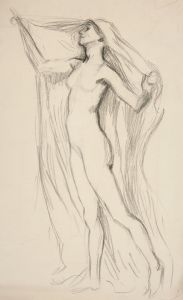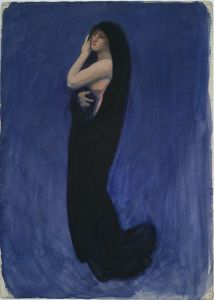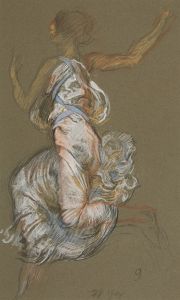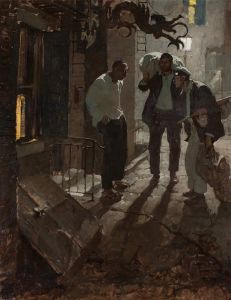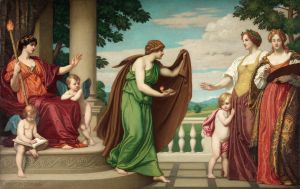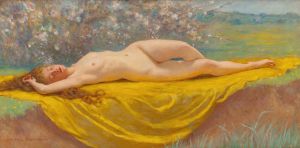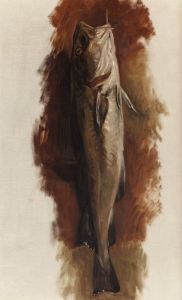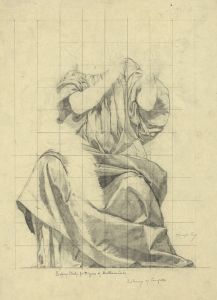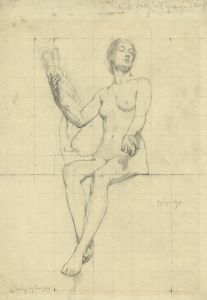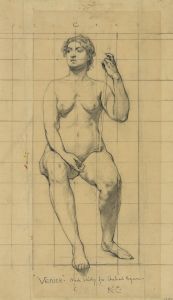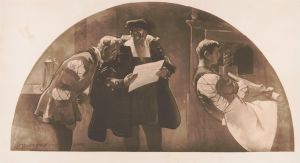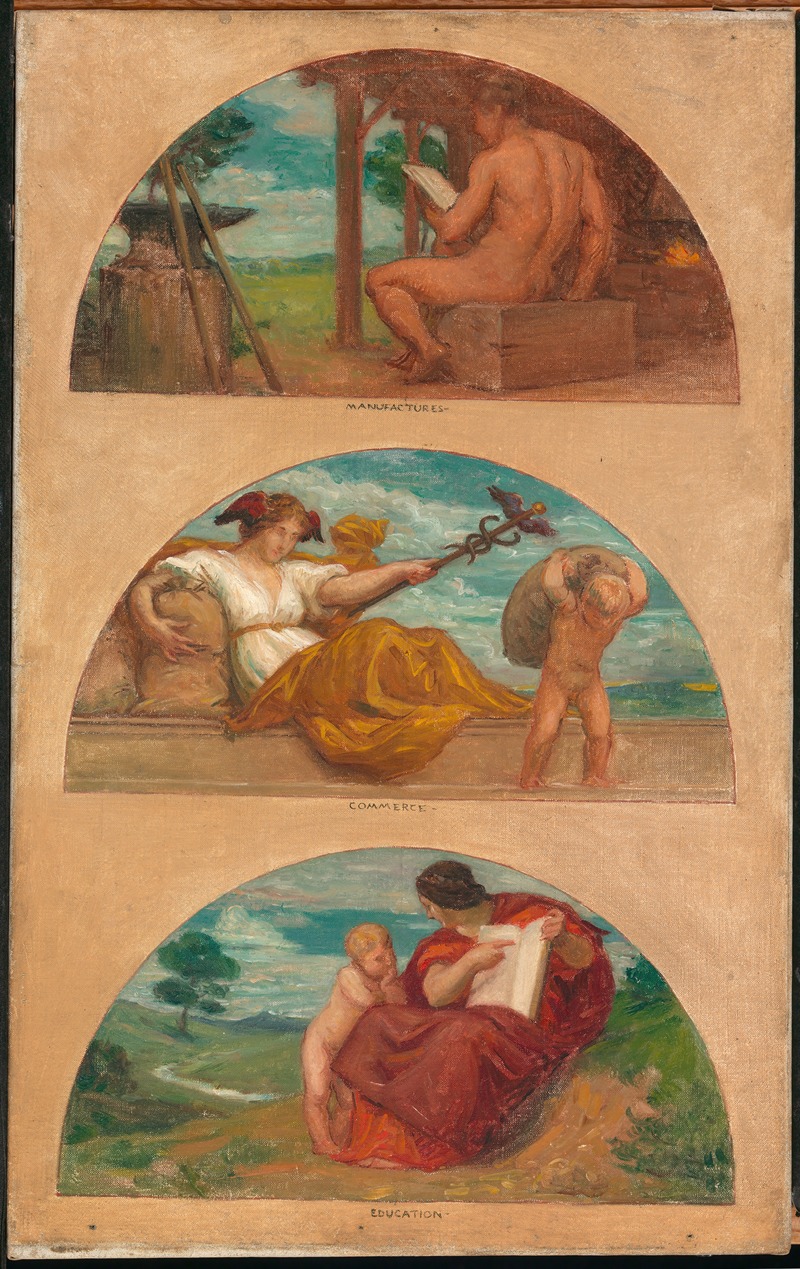
The Progress of Civilization; The Forge, Commerce, and Education
A hand-painted replica of Kenyon Cox’s masterpiece The Progress of Civilization; The Forge, Commerce, and Education, meticulously crafted by professional artists to capture the true essence of the original. Each piece is created with museum-quality canvas and rare mineral pigments, carefully painted by experienced artists with delicate brushstrokes and rich, layered colors to perfectly recreate the texture of the original artwork. Unlike machine-printed reproductions, this hand-painted version brings the painting to life, infused with the artist’s emotions and skill in every stroke. Whether for personal collection or home decoration, it instantly elevates the artistic atmosphere of any space.
"The Progress of Civilization; The Forge, Commerce, and Education" is a mural created by the American artist Kenyon Cox. Kenyon Cox (1856-1919) was a prominent painter, muralist, and art critic known for his classical style and his contributions to public art in the United States during the late 19th and early 20th centuries.
This particular mural was commissioned as part of a larger project to decorate the Library of Congress in Washington, D.C. The Library of Congress, established in 1800, is the research library that officially serves the United States Congress and is the de facto national library of the United States. The building, known as the Thomas Jefferson Building, was completed in 1897 and is renowned for its elaborate and richly decorated interior, which includes contributions from many notable artists of the period.
Kenyon Cox's mural, "The Progress of Civilization; The Forge, Commerce, and Education," is one of several works that adorn the Great Hall of the Thomas Jefferson Building. The mural is a part of a series that reflects the themes of knowledge, progress, and enlightenment, which are central to the mission of the Library of Congress.
The mural itself is divided into three distinct sections, each representing a different aspect of civilization's progress:
1. The Forge: This section symbolizes industry and craftsmanship. It typically features imagery related to metalworking and the creation of tools and machinery, highlighting the importance of manual labor and technological advancement in the development of society.
2. Commerce: This section represents trade and economic activity. It often includes depictions of merchants, ships, and goods being exchanged, emphasizing the role of commerce in connecting different parts of the world and fostering economic growth and cultural exchange.
3. Education: This section symbolizes the pursuit of knowledge and learning. It usually features imagery related to teaching, books, and scholarly activities, underscoring the importance of education in advancing civilization and promoting intellectual development.
Kenyon Cox's work on this mural is characterized by his classical approach, which draws on the traditions of Renaissance art and emphasizes clarity, order, and idealized forms. His use of allegorical figures and symbolic imagery is intended to convey the themes of progress and enlightenment in a visually compelling and intellectually engaging manner.
The mural, along with the other artworks in the Library of Congress, serves not only as a decorative element but also as a visual representation of the values and ideals that underpin the institution. It reflects the belief in the transformative power of knowledge and the importance of preserving and disseminating information for the betterment of society.
Kenyon Cox's contributions to the Library of Congress are part of his broader legacy as an artist who played a significant role in the American Renaissance, a period marked by a renewed interest in classical art and architecture. His work continues to be appreciated for its artistic merit and its embodiment of the cultural aspirations of his time.





